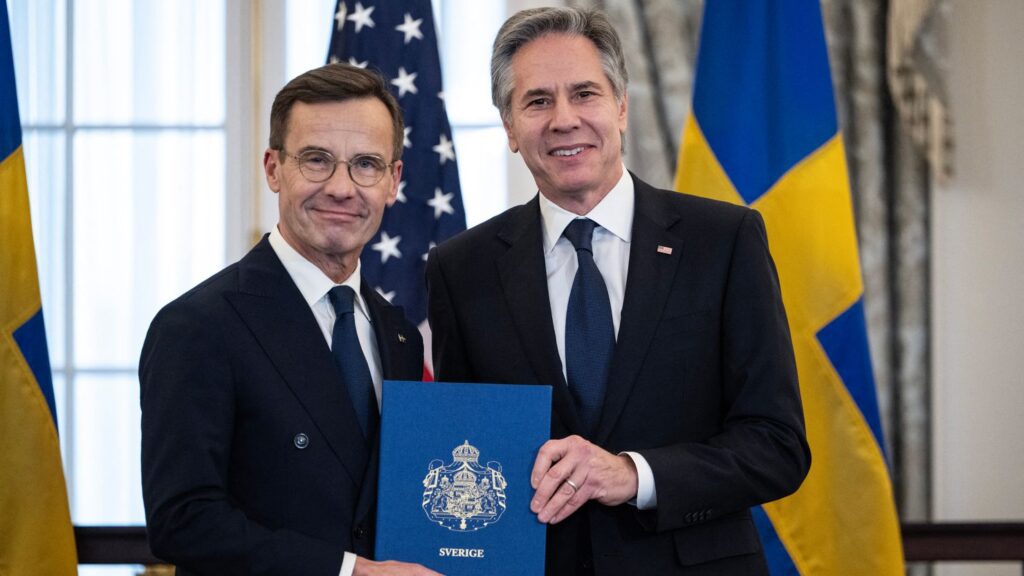NATO, the North Atlantic Treaty Organization, is a powerful military alliance comprised of 30 countries dedicated to mutual defense and security. With a defense budget exceeding $1 trillion, NATO boasts advanced weapons systems, a rapid response force, and a focus on cyber defense and nuclear deterrence. Despite its strengths, NATO faces challenges such as interoperability and adapting to new security threats. By investing in new technologies and enhancing capabilities, NATO can continue to serve as a credible deterrent and promote stability in an ever-evolving security landscape. Prioritizing readiness, response time, and adaptability will be crucial for NATO’s future success.
NATO’s Military Capabilities
NATO, the North Atlantic Treaty Organization, is a military alliance of 30 countries from North America and Europe that have come together to ensure mutual defense and security. With a combined defense budget of over $1 trillion, NATO is one of the most powerful military alliances in the world.
Defense Spending
One of the key indicators of a military alliance’s capabilities is its defense spending. NATO members have committed to spending at least 2% of their GDP on defense, and many members have increased their defense budgets in recent years. This has allowed NATO to invest in new capabilities and technologies to ensure the alliance remains a credible deterrent against potential threats.
Capabilities
NATO’s military capabilities include a range of advanced weapons systems, including fighter jets, tanks, submarines, and missile defense systems. The alliance also has a rapid response force that can deploy within days to respond to any security threats. In addition, NATO conducts regular training exercises to ensure its forces are well-prepared and coordinated.
Cyber Defense
In recent years, NATO has also focused on enhancing its cyber defense capabilities. With cyber attacks becoming an increasingly common threat, NATO has established a Cyber Operations Center to coordinate responses to cyber threats and ensure the alliance’s networks are secure.
Nuclear Deterrence
NATO also maintains a nuclear deterrent as part of its defense strategy. The alliance’s nuclear weapons are under the control of the US, UK, and France, and are considered a critical element of NATO’s deterrence posture.
Assessing Defense Preparedness
While NATO has made significant investments in its military capabilities, there are still areas where the alliance can improve. One key challenge is interoperability – ensuring that NATO forces from different countries can work together effectively. NATO also faces threats from non-traditional security challenges, such as terrorism and cyber attacks, that require a different approach to defense.
Readiness and Response Time
Another aspect of assessing NATO’s defense preparedness is its readiness and response time. NATO has made progress in reducing the time it takes to deploy forces, but there are still logistical challenges that need to be addressed. The alliance is also working to improve its ability to quickly respond to crises and conflicts in its member states.
Adapting to New Threats
As the security landscape continues to evolve, NATO must be able to adapt to new threats. This includes investing in technologies such as artificial intelligence, drones, and space-based capabilities to ensure the alliance remains at the cutting edge of military innovation.
Conclusion
In conclusion, NATO’s military capabilities are strong, but the alliance must continue to invest in new technologies and capabilities to stay ahead of emerging threats. By prioritizing interoperability, readiness, and adaptability, NATO can ensure it remains a credible deterrent against potential adversaries and a key force for stability and security in the world.
